How many bowls of rice per day are limited for people who have diabetes?
I'm Dr. Small Eyes.
Specializing in cardiovascular diseases
Commitment to public health
Cardiologist with a passion for fitness
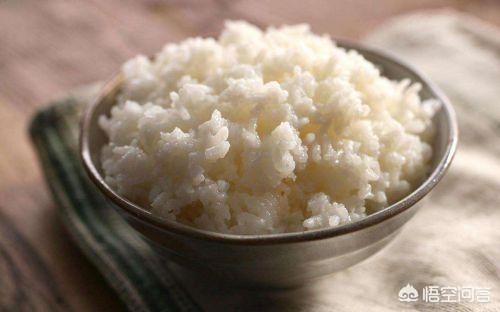
Diabetics first need to calculate their total calories.
People with diabetes first need to calculate their total daily calories, which need to be based on their ideal body weight.
How the optimal weight should be calculated.
Ideal weight is equal to your height reduced by 105 to get your ideal weight.
The actual weight should ideally be about 10% above or below your ideal weight.
In general, total daily calories are roughly standard body weight x calories needed per kilogram of body weight
Then calculate your daily weight needs.
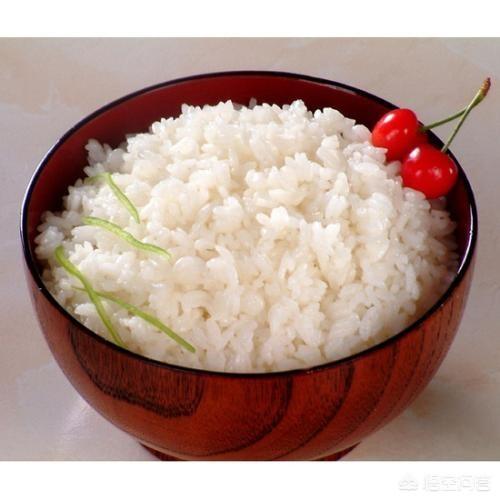
Mostly it's a preference for rice.
What weight, and what amount of rice is needed.
If you need 1,200 kcal, you may need 3 taels of rice, about 150 grams.
If you need 1500 kcal, you may need 4 ½ taels of rice, which is roughly 225 grams of rice.
If you need 2,000 kcal, you may need 7 taels of rice, about 350 grams of rice.
Mrs. Li was recently found to have diabetes and was told to pay attention to her diet, especially rice, to which she was very distressed, a problem, I believe, that should have been experienced by many diabetics.
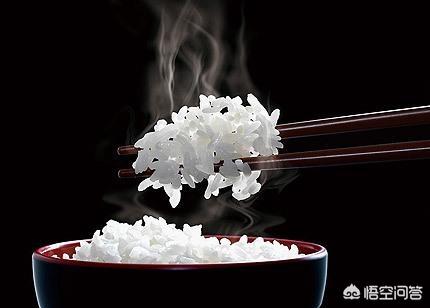
So what exactly is the daily rice limit for a diabetic patient?
It is very important for diabetic patients to control their diet and exercise properly, and it is even more important to pay attention to rice as the staple food we have to eat every day.
I have met a lot of diabetic patients in my medical career and they ask me a lot of dietary questions, especially about the control of staple foods:Because nowadays our staple food is mainly rice, but these rice are processed, so the sugar content is very high.
And the main thing for diabetic patients is to control the intake of sugar, so when eating staple food must pay attention to, you can eat but must pay attention to the quantitativeFor example, diabetic patients daily staple food can be rice or flour, but it is best not to be greater than 300 grams, but also note that it is best to eat a mixture of rice and flour, a meal to eat rice a meal to eat pasta so eat, in order to control blood sugar well.
The other thing is to always be careful with your intake of roughage because it is low in sugar and also promotes insulin growth, so my advice for patients who are particularly high in sugar is:It is best to avoid rice and replace it directly with coarse grains, such as brown rice, black rice, oats, corn kernels, etc. Mixed for staple food, which is very helpful in controlling blood sugar.
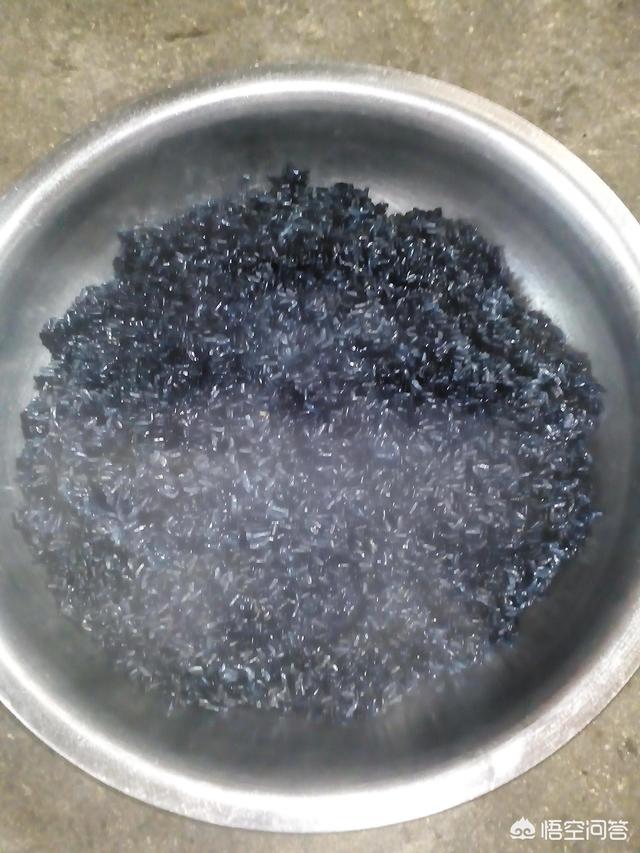
In addition to eating, move!
While it is important for diabetics to have a strict dietary control, it is also important not to forget sensible exercise. OnlyHealthy diet + moderate exerciseto be able to control the sugar perfectly.It is recommended that after resting for half an hour after a meal, you should go out for more exercise and walks, which can be limited to 30 minutes to an hour.
Finally, I am introducing some low sugar foods to diabetic patients, eating more of these foods in life is very helpful in controlling sugar, such as cabbage, leeks, greens, celery, etc., and to eat less fruits with high sugar content, you can eat some lemons, tomatoes, gherkins and so on.

(This article was originally written by Prof. Luo Min. Some of the pictures in the article are from the Internet, if copyright is involved, please contact me for deletion. If you have any questions, welcome to leave a message at the end of the article, private chat contact, common discussion. (Follow the author of this article to get more medical knowledge, welcome to like, comment, reproduced, common progress)
Rice, as a staple food, is the main source of carbohydrate intake, both healthy people and diabetic patients, the daily energy source are less rice, but diabetic patients have to ensure the provision of daily energy, but also to ensure that eating rice does not rise sugar, three meals a day must be strictly in accordance with the reasonable ratio of rice, that is, breakfast does not exceed the raw weight of 50-75g, about half a bowl to a bowl and a half bowl, lunch does not exceed the raw weight of 100-125g, about a bowl to a bowl and a half, dinner does not exceed 75-100g, about half a bowl to a bowl, within this portion range can be based on their own body weight and weight. More than 100-125g of raw weight, about a bowl to a bowl and a half of rice, dinner is not more than 75-100g of raw weight, about half a bowl to a bowl of rice, in this portion range, can be adjusted according to their own body weight and labor intensity, and based on the actual control of blood glucose, in the portion range of the implementation of the five meals a day system, so as to achieve diabetic patients can ensure that the nutrient intake, and also ensure that the control of blood glucose does not rise. Dietary purpose.
Diabetes mellitus is a group of metabolic disorders characterized by hyperglycemia. Hyperglycemia, on the other hand, is caused by defective insulin secretion or its impaired biological action, or both. The prolonged hyperglycemia present in diabetes leads to chronic damage and dysfunction of various tissues, especially the eyes, kidneys, heart, blood vessels, and nerves. The diagnosis is usually confirmed by a fasting blood glucose of greater than or equal to 7.0 mmol/L and/or a two-hour postprandial blood glucose of greater than or equal to 11.1 mmol/L; however, it is still based on a doctor's diagnosis.
People with diabetes should be aware of the following:
1. Diet, exercise
Diabetic patients in the diet must pay special attention to food containing relatively high carbohydrate, can not say that you can not eat at all, after all, carbohydrates are also one of the energy provided for the body. Usually eat can eat, but must control the amount of moderate exercise, can effectively reduce postprandial blood sugar, so as to achieve the purpose of controlling blood sugar.
Food, different practices, the impact on blood sugar is not the same, as rice, rice porridge on blood sugar is much greater than rice dry rice, so patients can drink less rice porridge, eat more rice dry rice. Most fruits are high in sugar, so some patients don't eat fruits, but the nutrients in fruits can't be replaced by other foods. At this time, fruits can be put in the rice (during meals) and eaten in small amounts. Try not to eat fruits with high sugar content after meals.
Which foods to eat high blood sugar, the specific varies from person to person, in daily life, to summarize the experience, a reasonable combination of diet; more exercise after meals, the air or the weather is not good, reduce the number of outings, indoor sports can be, to prevent colds and fevers and infections.
2. Therapeutic aspects
Follow the doctor's instructions, take the medication (oral medication therapy, insulin therapy) on time and according to the dosage, monitor the changes in blood glucose, go to the hospital on time to adjust the dosage of medication, do not adjust the dosage selfishly to avoid hypoglycemia. Symptoms of hypoglycemia are usually manifested as sweating, hunger, panic, trembling, pallor and so on, and in severe cases, mental incoherence, agitation, irritability, or even coma may also be seen.
Whether it is diet and exercise control or medication, it is important not to over-treat, causing hypoglycemia can be dangerous. A few days before each visit, be sure to measure a complete blood glucose profile and record it, no need for special dietary control, a normal diet will do; you can also do another glycated hemoglobin test and bring it along with you to the hospital. Regularly do cardiac ultrasound, limb ultrasound and other related examinations to prevent the occurrence of chronic damage and dysfunction of the heart, blood vessels, kidneys, eyes and nerves.
How much you eat should be determined by how much you exercise after a meal, eat more if you exercise more after a meal. Measure your blood glucose one hour after exercise after meals, if it is 9.4 or less congratulations you have reached the standard. You can maintain this amount of food and exercise in the future to keep you safe. If you can do it consistently for a long time, it is estimated that your fasting blood glucose can also drop gradually. It may take a long time though, maybe ten years.
What should I eat for each meal every day? How much rice to eat? This question is a daily consideration for every diabetic. Diabetic patients cannot effectively utilize the digested glucose due to the lack or damage of pancreatic islet function (type 2 diabetes), but instead, the high glucose level in the blood creates serious diseases in all parts of the body's organs. Therefore, in daily life, for how much glucose-containing food intake, or in order to block excessive glucose intake, each diabetic patient chooses or adopts the most concise method, is to maintain the normal physiological state of the body under the condition of reasonable restriction of intake of carbohydrate-rich food intake, i.e., as the title, is the diabetic patients need to limit the amount of rice intake per day, or called the daily How many bowls of rice can I eat? The answer to this question may involve many aspects of the diabetic's life. Such as the diagnosis of diabetes mellitus after the physical health status, including the value of various physiological indicators of high and low, or the advantages and disadvantages of the situation; diabetic people engaged in the work of the physical expenditure; diabetic people with the disease of the impact of the problem of the years, that is, due to the increase in the age of the disease caused by the islet function of the gradual decline; the impact of complications of diabetes mellitus, such as hypertension, hyperlipidemia, the impact of liver and renal function, and so on. For diabetics, how to grasp the issue of eating well is to grasp the length of their life cycle, this answer is not excessive. Therefore, in daily life, diabetic patients need to strictly control the amount of food intake, especially carbohydrate intake, or control the intake of rice, which is very important for the smooth control of blood glucose, to control the occurrence of diabetes complications, and affect the survival conditions of diabetic patients. As mentioned earlier, how many bowls of rice do diabetics need to limit per day 🍚? This is a lumped question or a question that cannot be answered. The answer to this question is only relevant for a particular diabetic. For example, for a young person who has been diagnosed with diabetes mellitus for a short period of time or who has just been diagnosed with diabetes mellitus, since he/she is engaged in middle-aged manual labor, it is fine for him/her to consume 200g of rice or more per meal; whereas for an elderly diabetic with a long period of time of diabetes mellitus, who has retired from home and does not engage in any manual labor, it may be problematic for him/her to consume 100g of rice per meal! ...Therefore, we say that how many bowls of rice a diabetic eats per meal should vary from person to person, and it is impossible to be a fixed constant, let alone stipulating how many bowls of rice each diabetic eats per meal per day. Just for reference, thanks for the invitation.
I am a gestational diabetic and this is a recipe for a meal that my doctor gave me to share with you.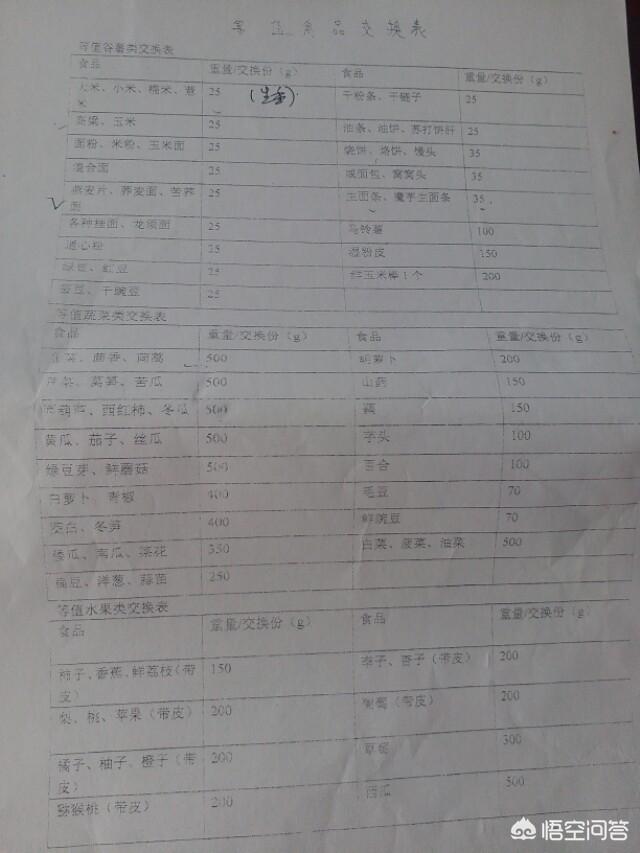
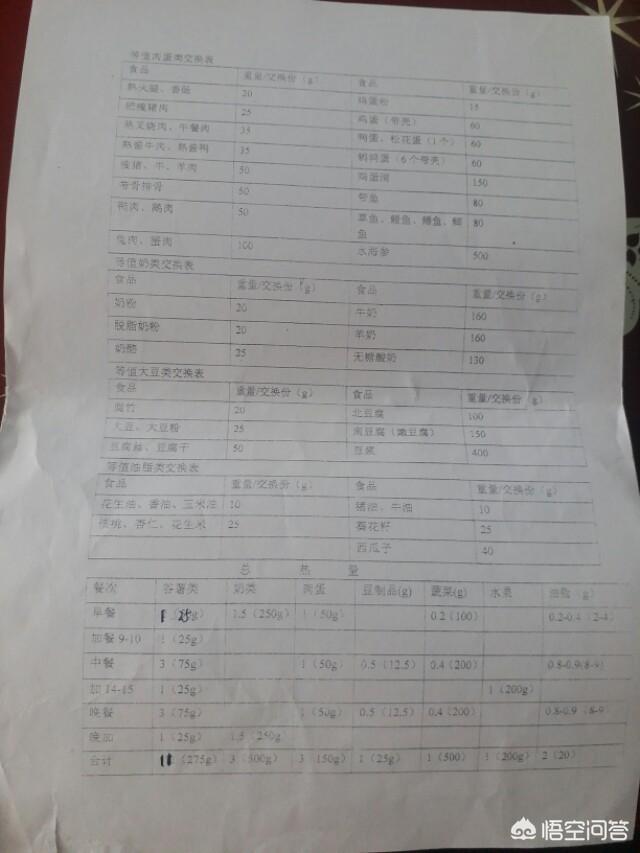
You can two and a half bowls of rice. About three taels per bowl. It is better with a variety of coarse grains. The total calories from the rice and noodle mixed grains are about 50% of the total calories for the whole day.
Ask a diabetes specialist.
This question and answer are from the site users, does not represent the position of the site, such as infringement, please contact the administrator to delete.